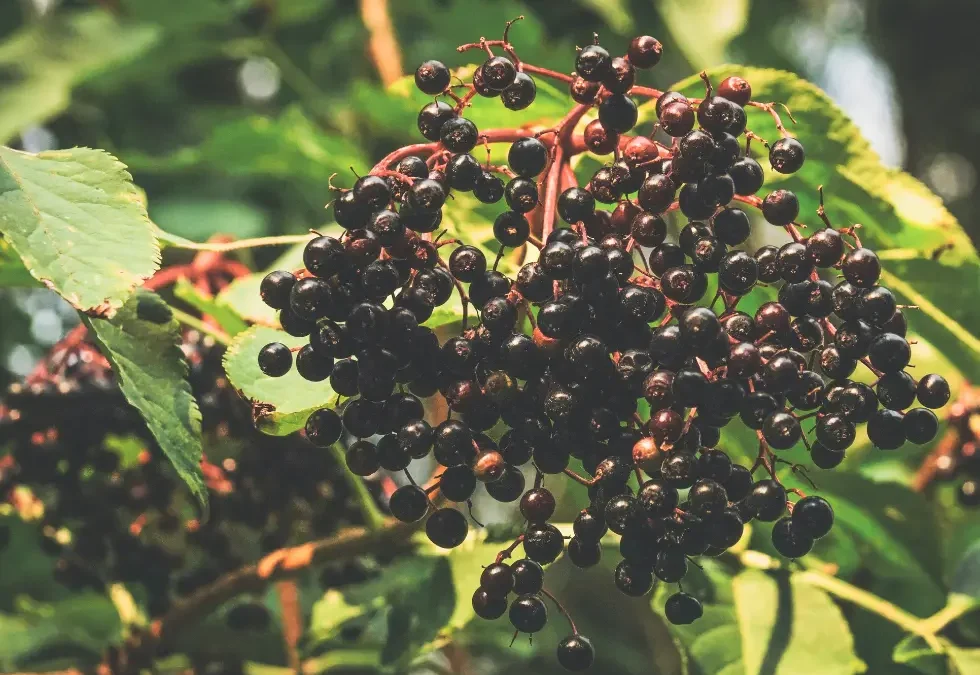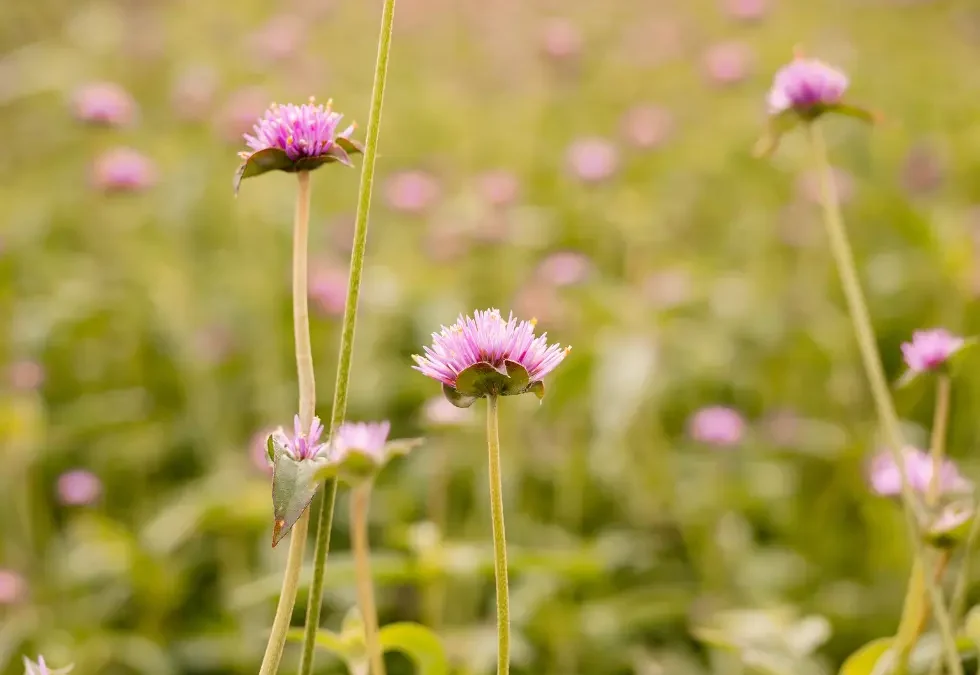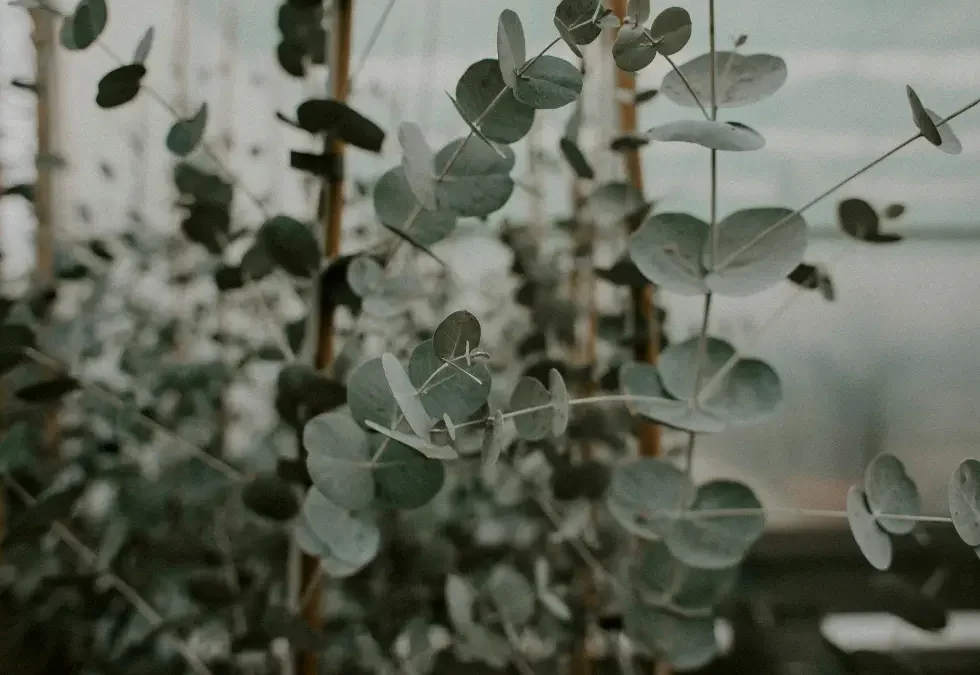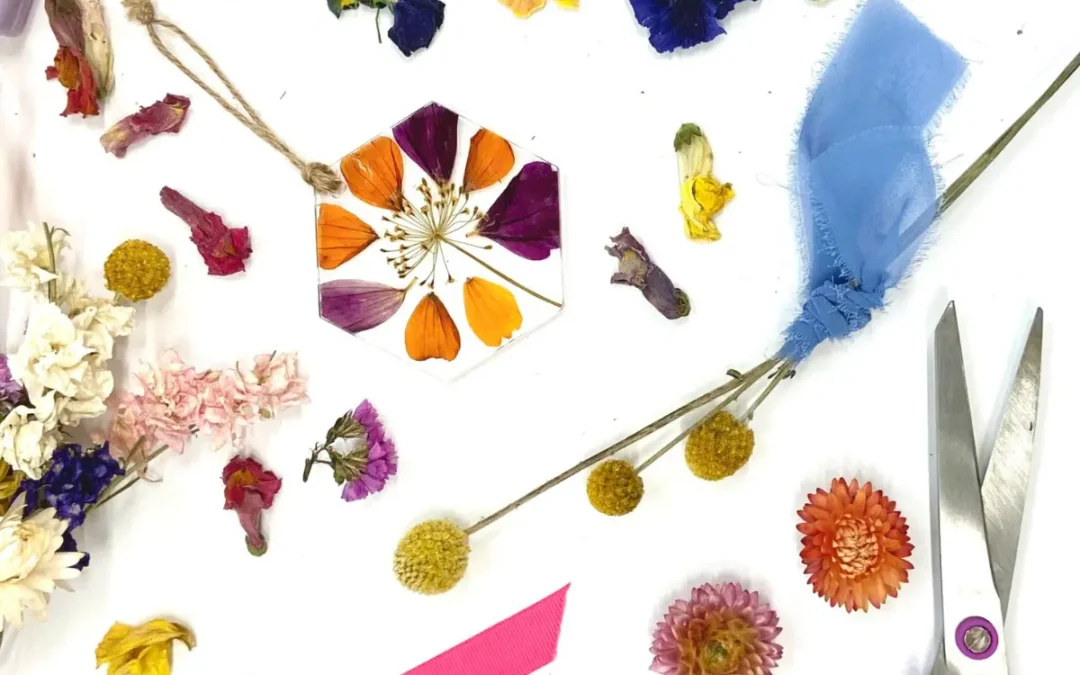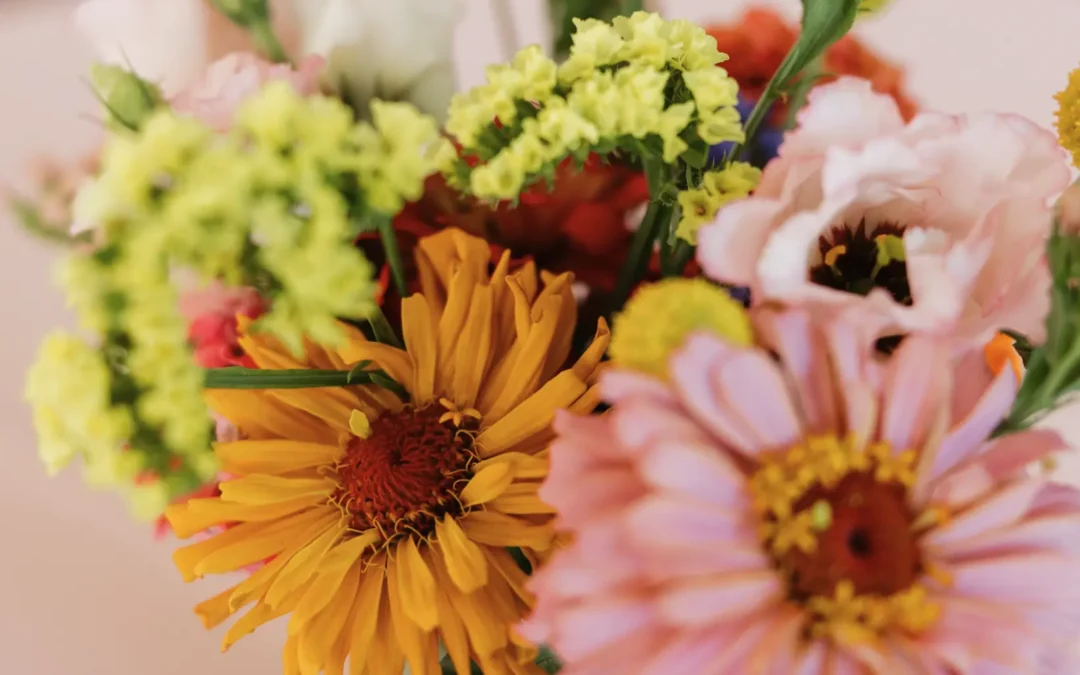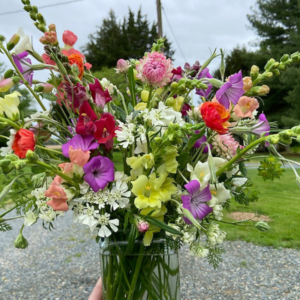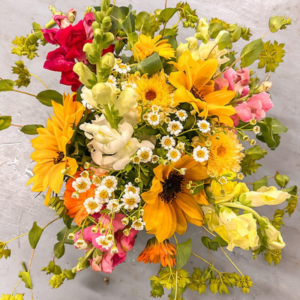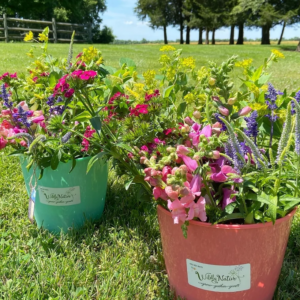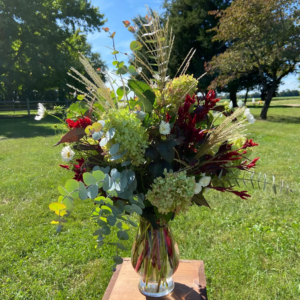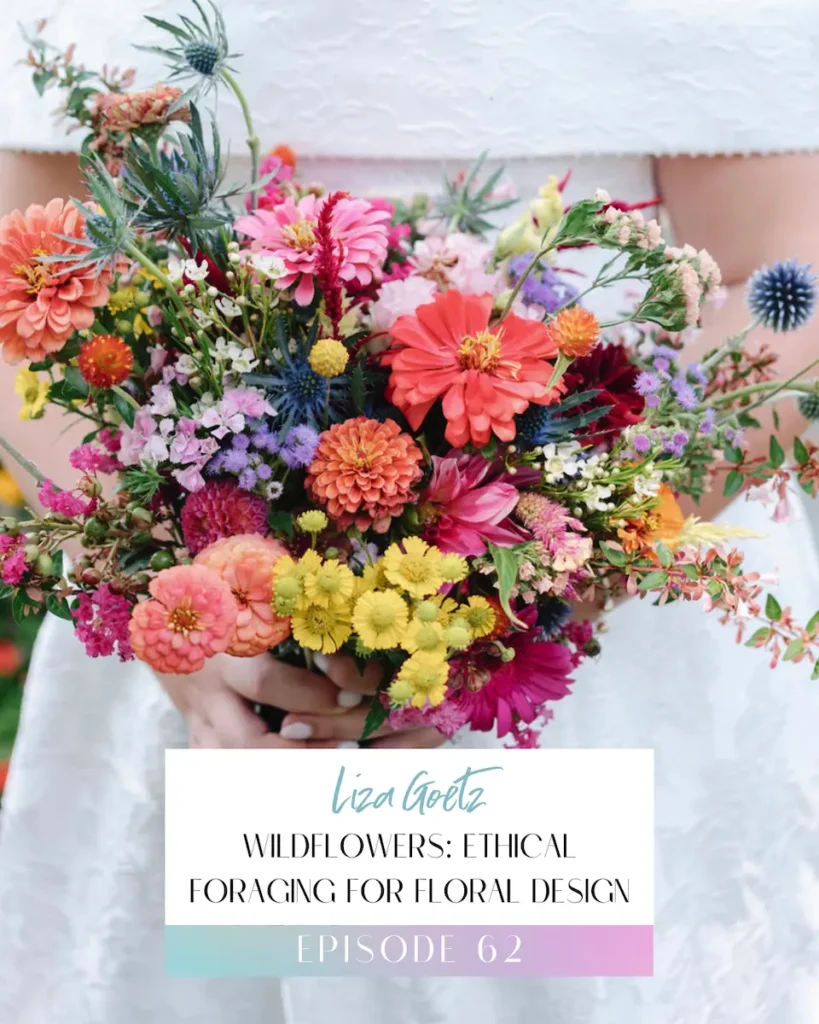
Foraging for wildflowers isn’t just a romantic notion—it’s a beautiful, sustainable way to bring nature’s untamed beauty into your floral designs. But before you wander into the wild with clippers in hand, it’s essential to understand how to forage responsibly, legally, and safely. In this episode of The Flower Files, we share expert tips on wildflower foraging, including plant identification, legal do’s and don’ts, and how to integrate your finds into floral arrangements with confidence and care.
Why Forage Wildflowers?
While farms like Wildly Native grow flowers with precision and planning, wildflower foraging taps into nature’s spontaneity. These blooms offer textures, shapes, and seasonal vibes that are hard to replicate commercially. Whether you’re a florist, farmer, or simply flower-obsessed, foraging invites a deeper connection to your environment and the seasons.
The Ethics and Legality of Foraging
Before you pick a single petal, check your local laws. It’s illegal to harvest wildflowers in national and state parks, as well as on private lands without permission. Always follow the “1 in 20” rule—only forage from patches where there are at least 20 of the same plant, and never take more than 5% to ensure regeneration.
Foraging Golden Rules:
- Know your plants: Misidentification can be harmful or even dangerous.
- Never uproot: Only take cuttings, not whole plants.
- Leave no trace: Don’t damage the habitat or disturb wildlife.
- Collect seeds responsibly and in moderation.
Top Wildflowers to Forage Responsibly
Here are some favorite wild blooms you can (legally and ethically) bring into your bouquet:
- Queen Anne’s Lace: Delicate and lacy, but easily confused with poisonous hemlock. Identify by its hairy stem and signature red dot in the center.
- Black-Eyed Susans: Bright and sunny, but known to dirty vase water quickly. Always check for bugs in the central cone.
- Goldenrod: A pollinator favorite with a bad rep for allergies (mistakenly). It’s showy, vibrant, and long-lasting if harvested properly.
- Wild Bergamot (Bee Balm): Fragrant and funky-shaped, but often found in poison ivy territory. Proceed with caution or grow it yourself.
- Seed Pods & Grasses: Especially in fall, look for foxtail, milkweed, bunny tail grass, and pinecones for striking textures and natural appeal.
Tools & Techniques for Smart Foraging
A successful foraging trip relies on preparation:
- Tools: Use sharp floral snips, breathable bags or baskets (not plastic), and gloves.
- Timing: Early morning is best when flowers are hydrated and crisp.
- Transport: Move flowers to water as soon as possible and let them rehydrate before arranging.
- Clothing: Long pants and socks are your armor against ticks and chiggers. Trust us—Liza learned the hard way.
Designing with Wildflowers
Wildflowers lend themselves to organic, free-flowing designs. Pair them with farm-grown blooms like dahlias or lisianthus to balance structure with softness. But be aware: wild blooms often have shorter vase lives and quirks that make them unique but unpredictable. Educate your clients and embrace the wild!
Foraging Recap
- Know the law – Never forage in protected or private areas without permission.
- Identify responsibly – Avoid toxic lookalikes like poison hemlock.
- Respect nature – Leave enough behind to allow regrowth and feed pollinators.
- Bring the right tools – Clippers, baskets, gloves, and knowledge are must-haves.
- Design mindfully – Wildflowers bring texture and surprise but handle with care.
